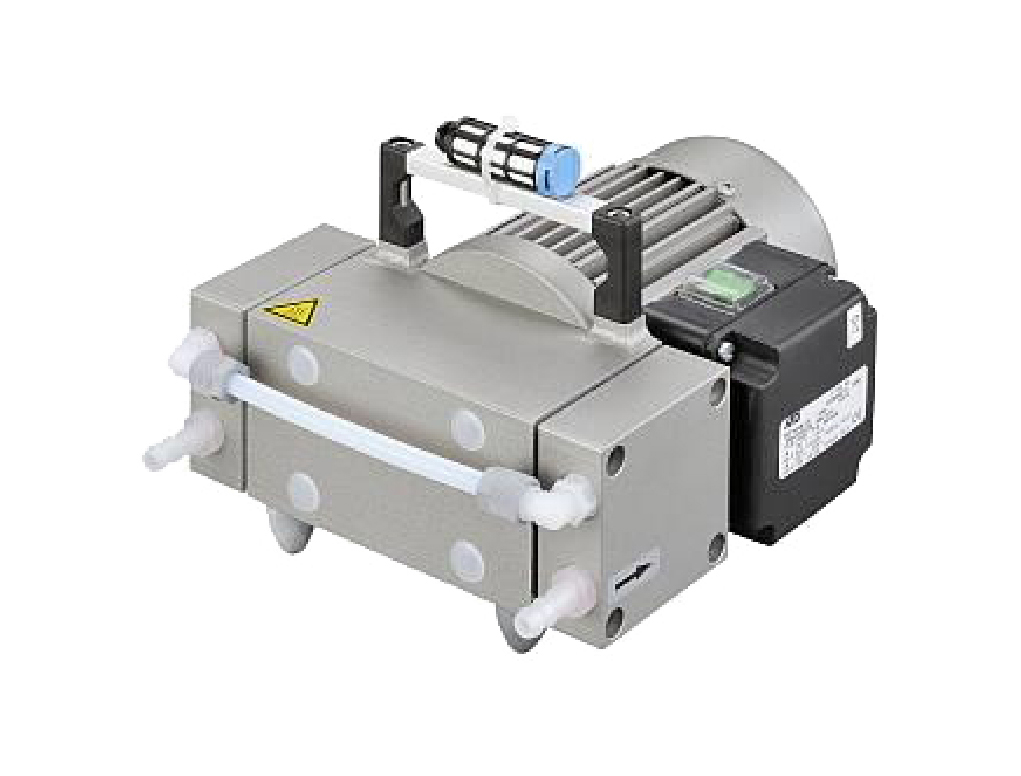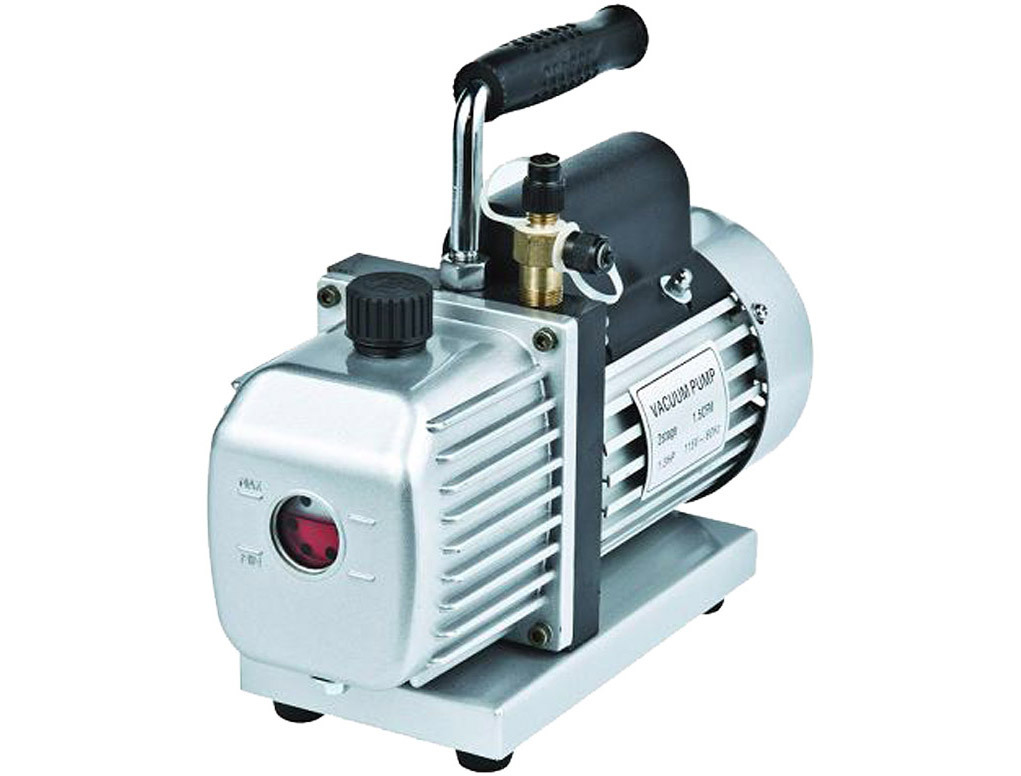The Laboratory Vacuum Pump is a variable tool that scientists and researchers may use for various study purposes. Vacuum pumps are designed to lower the boiling point of a solution to decrease the system's pressure. The solution evaporates slowly at a very low boiling temperature, lowering sample deterioration.
Oil-free vacuum pumps, belt-driven pumps, and diaphragm pumps are three of the most typical types of lab vacuum pumps. The main types are Rotary Vane, Rotary Screw, Diaphragm, Piston, and Diffusion. Lab vacuum pumps are utilized in various processes such as filtering, drying, distillation and extraction, chromatography, and so on.
This device is a versatile tool with many research and scientific uses. Some of the most common uses for this type of pump include:
Filtering:
This process removes impurities from a solution by passing them through a filter. By using a vacuum pump, the flow of liquid can be increased, which helps to speed up the filtering process.
Drying:
Vacuum pumps can remove moisture from a sample, which helps preserve the sample or prepare it for further analysis. it is also utilized to improve instrument-detection sensitivity by testing the air's molecules.
Distillation and extraction:
These processes are often used to purify a solution or to extract the desired compound from a mixture. The boiling point of the solution can be lowered, which helps speed up these processes. Reduces the vapor pressure of a liquid by reducing the amount of moisture in the air.

Why is it recommended to use a Laboratory Vacuum Pump?
There are many benefits of using a laboratory vacuum pump, some of which are:
- ●It helps to remove dangerous materials securely. As a result, hazardous garbage is prevented from polluting the environment.
- ●Trash is also vacuumed using the device.
- ●You can also use this pump for industrial applications such as removing welding fumes, smoke, and dust particles from the air.
- ●These pumps can also keep spills at bay while managing the odor to produce solid and manageable bio-solid transport materials.
- ●It also helps remove the wastage quickly from the blocked drains.

Kinds of Laboratory Vacuum Pumps
There are many different types of vacuum pumps that can be used in laboratories, each with its advantages and disadvantages.
Scroll Vacuum Pumps:
Scroll Vacuum Pumps are quieter and have a longer lifespan than other types of pumps. Additionally, they do not require oil for their operation. These pumps are used in applications where a high degree of vacuum is required, such as in electron microscopy or research involving vacuum furnaces.
Rotary Vane Vacuum Pumps:
The most frequent are Rotary Vane Vacuum Pumps. The drying gas is decreased, or continuous suction is maintained. Furthermore, researchers can utilize ib this pumps in the air due to their special air filters.
Diaphragm Vacuum Pumps:
These pumps are powered by an electric motor and use a diaphragm to create a vacuum. Oil is required for diaphragm vacuum pumps to function. They are quite quiet and have a long life expectancy. It's most often used in laboratories for filtering, drying, liquid degassing, and distillation.
Combination Vacuum Pumps:
These pumps combine two or more types (Rotary Vane and Diaphragm). They are often used in laboratories where multiple vacuum pump types are required. Combination pumps are also quite versatile and can be used for various applications.
How To Choose the Right Laboratory Vacuum Pump?
There are a few factors that you need to consider when choosing the right vacuum pump for your laboratory. First, oil-free vacuum pumps that utilize dry lubricant rather than oil are the most frequent types. On the other hand, the Rotary Vane is a type of oil-sealed pump used for several laboratory applications. Water Aspirants are also simple to use and inexpensive, but they need continuous water flow.
The pump can be purchased in two versions: Max Vacuum and Max flow rate. The maximum amount of suction a lab vacuum may obtain is the Max vacuum. Finally, the lab vacuum pump's maxed flow rate, often known as pumping speed, is the best rate at which you can remove vapors.
Also, choose the motor's horsepower per your application's required suction power.
The amount of noise produced by the pump is also important, especially if you'll be using it in a shared space. Oil pump motors tend to be noisy, while dry pumps are much quieter.
Consider the weight as well. If you are moving it around often, choose a lighter model. Also, consider the size of the hose barb inlet and outlet. Make sure it's the right size for your needs.
When choosing laboratory Equipment like a vacuum pump, it's important to remember all these factors. By researching and taking the time to find the right pump for your needs, you'll surely find a great pump that will serve you well for many years to come.